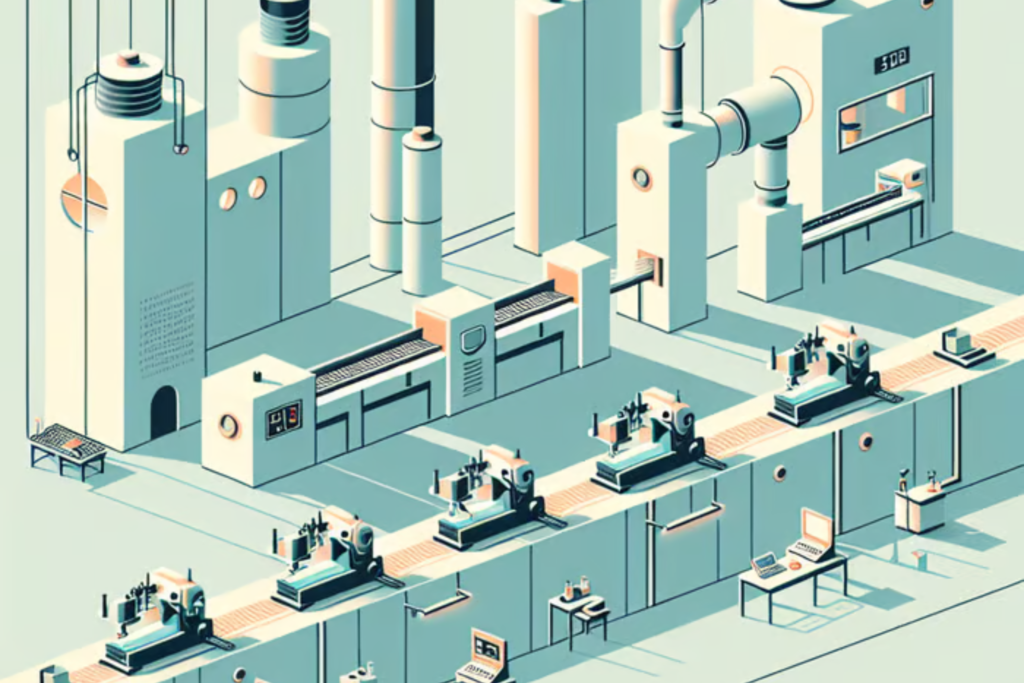Introduction: The Rise of Biodegradable Packaging
In today’s eco-conscious marketplace, biodegradable packaging has emerged as a revolutionary solution to one of the world’s most pressing problems—plastic pollution. With consumers demanding greener alternatives and regulations tightening across global markets, businesses are seeking packaging materials that align with sustainability goals without sacrificing performance or profitability.
Biodegradable plastics offer a compelling alternative. Unlike conventional plastics that take hundreds of years to degrade, biodegradable materials break down through natural processes, often within months under industrial composting conditions. From food service to agriculture, companies are turning to these innovative materials to meet both environmental and market demands.
Types of Biodegradable Plastics: PLA, PHA, and Starch Blends
Understanding the differences between various biodegradable plastics is essential for choosing the right solution for your application:
PLA (Polylactic Acid)
Derived from fermented plant starch (typically corn), PLA is the most widely used biodegradable plastic. It is transparent, rigid, and ideal for packaging applications such as cups, containers, and wrapping films. PLA performs similarly to PET but composts under industrial conditions.
PHA (Polyhydroxyalkanoates)
PHA is produced by microbial fermentation of organic materials like sugar or lipids. It is more versatile and degrades in marine environments, making it suitable for agricultural films, food service items, and even medical products. PHA has higher performance in moisture-sensitive applications compared to PLA.
Starch-Based Blends
Starch blends are created by mixing starch with other biodegradable polymers or additives to enhance performance. These are cost-effective, partially bio-based solutions commonly used in disposable bags and flexible packaging.
| Material | Source | Decomposition Conditions | Common Uses |
|---|---|---|---|
| PLA | Corn, sugarcane | Industrial composting (55–70°C) | Cups, containers, wraps |
| PHA | Bacteria-fed oils or sugars | Soil, marine, compost | Films, bags, utensils |
| Starch Blends | Corn/potato starch + additives | Home/industrial composting | Bags, liners, packaging foams |
Environmental Impact: Lowering the Footprint
Traditional plastics are derived from fossil fuels and contribute significantly to carbon emissions, ocean pollution, and landfill overflow. Biodegradable alternatives, on the other hand, offer the following advantages:
- Lower Carbon Emissions: PLA production generates 68% fewer greenhouse gases compared to petroleum-based plastics.
- Faster Decomposition: Under industrial composting, PLA breaks down in 90–180 days; starch blends may degrade even faster under the right conditions.
- Less Microplastic Pollution: Biodegradable materials are designed to disintegrate completely, reducing the risk of microplastic contamination in ecosystems.
- Reduced Fossil Resource Dependency: Since these materials are bio-based, they reduce reliance on petroleum.
🌱 Example: Switching 1 million plastic shopping bags to a biodegradable starch blend could save over 20,000 kg of CO₂ emissions annually.
Cost Breakdown: Upfront Investment vs. Long-Term Value
One of the most common concerns businesses have about biodegradable packaging is the cost. It’s true that unit costs may be higher—biodegradable plastics can be 20–80% more expensive than conventional options like PET or HDPE. However, a deeper cost-benefit analysis reveals a more nuanced picture:
| Material | Avg. Cost/Unit (USD) | Compostable? | Lifecycle Benefit |
|---|---|---|---|
| PET | $0.05–$0.07 | ❌ | High landfill cost, carbon-intensive |
| PLA | $0.08–$0.12 | ✅ | Lower end-of-life impact |
| PHA | $0.10–$0.20 | ✅ | Marine degradable, higher brand value |
| Starch Blend | $0.06–$0.10 | ✅ (some) | Affordable for short-use applications |
Hidden Savings:
- Waste Management: Compostable packaging can reduce landfill taxes and tipping fees.
- Brand Loyalty: Eco-conscious customers are willing to pay 5–15% more for sustainable packaging.
- Regulatory Readiness: Avoid future penalties and taxes as plastic bans expand globally.
💡 Pro Tip: Conduct a lifecycle analysis (LCA) to calculate your true total cost of ownership.
Real-World Use Cases: Industries Leading the Change
Biodegradable packaging isn’t just a trend—it’s a fast-growing practice across multiple sectors. Here’s how different industries are leveraging these materials:
Food & Beverage
Restaurants and food delivery platforms use PLA containers and cutlery, which offer a high-quality feel and compost after use. Some countries even mandate compostable foodservice ware for public events.
Agriculture
Starch-based mulch films eliminate the need for plastic collection after harvest. These films degrade naturally in soil, saving labor and reducing environmental stress.
Retail & E-commerce
Biodegradable mailers and shopping bags made from PHA or PLA help reduce the waste footprint of online shopping. They also add a “green” selling point for eco-focused consumers.
Healthcare
PHA-based materials are being used for single-use medical items like pill containers and trays, which must degrade safely after disposal.
Challenges & Considerations
Despite the benefits, biodegradable packaging isn’t without its challenges:
- Composting Infrastructure: Many countries lack widespread access to industrial composting facilities. Without the right environment, materials like PLA may not break down as intended.
- Consumer Confusion: Labels like “biodegradable,” “compostable,” and “oxo-degradable” can confuse customers, leading to improper disposal.
- Supply Chain Fluctuations: Global demand and limited production capacity may lead to supply constraints or price spikes.
- Durability Limits: While fine for short-term use, biodegradable plastics may not match the barrier properties or shelf life of traditional materials for long-term packaging.
🧠 Reminder: Always verify certifications (e.g., ASTM D6400, EN 13432) to ensure real biodegradability and avoid greenwashing.
Market Outlook: Growth, Innovation & Regulations
The global biodegradable packaging market is forecast to exceed USD 20 billion by 2027, driven by rising environmental awareness and government initiatives.
Key Trends:
- Tech Advancements: Innovations like seaweed-based films and nanocellulose composites offer new biodegradable solutions with enhanced performance.
- Policy Shifts: Bans on single-use plastics in the EU, India, and several U.S. states are accelerating demand for compostable alternatives.
- Corporate Adoption: Brands like Nestlé, Unilever, and L’Oréal have committed to 100% recyclable or compostable packaging by 2025.
📈 Forecast: Expect compound annual growth rates (CAGR) of 10–12% in this sector over the next five years.
Conclusion: Is It Time to Switch to Biodegradable Packaging?
Biodegradable plastics are no longer just an environmentally conscious choice—they’re a smart business decision. While the initial investment may be higher, the long-term brand value, regulatory compliance, and consumer trust make it a worthwhile transition for most companies.
Here’s how to get started:
- Conduct a packaging audit to identify areas for switching to biodegradable alternatives.
- Request samples from trusted suppliers and test them in your operations.
- Ensure proper labeling and education for your team and customers.
- Monitor emerging technologies that may further reduce cost and improve performance.

